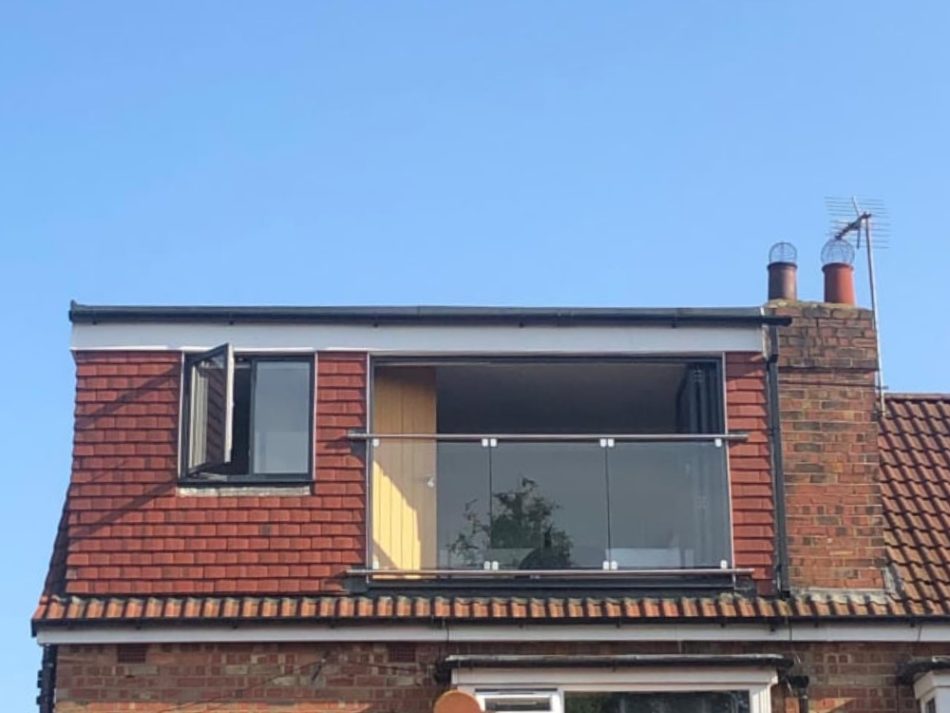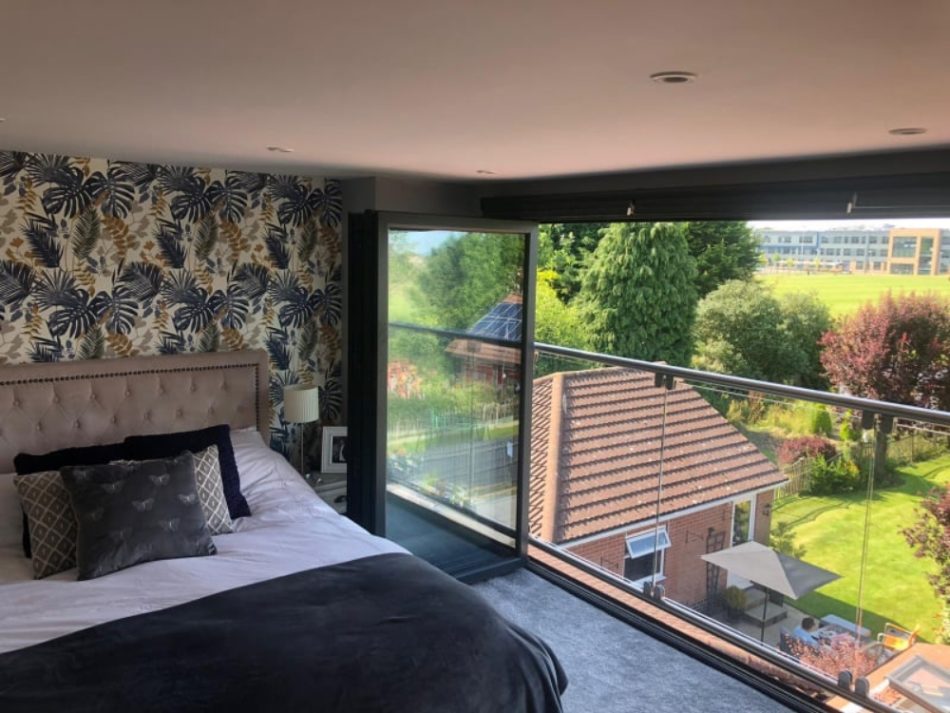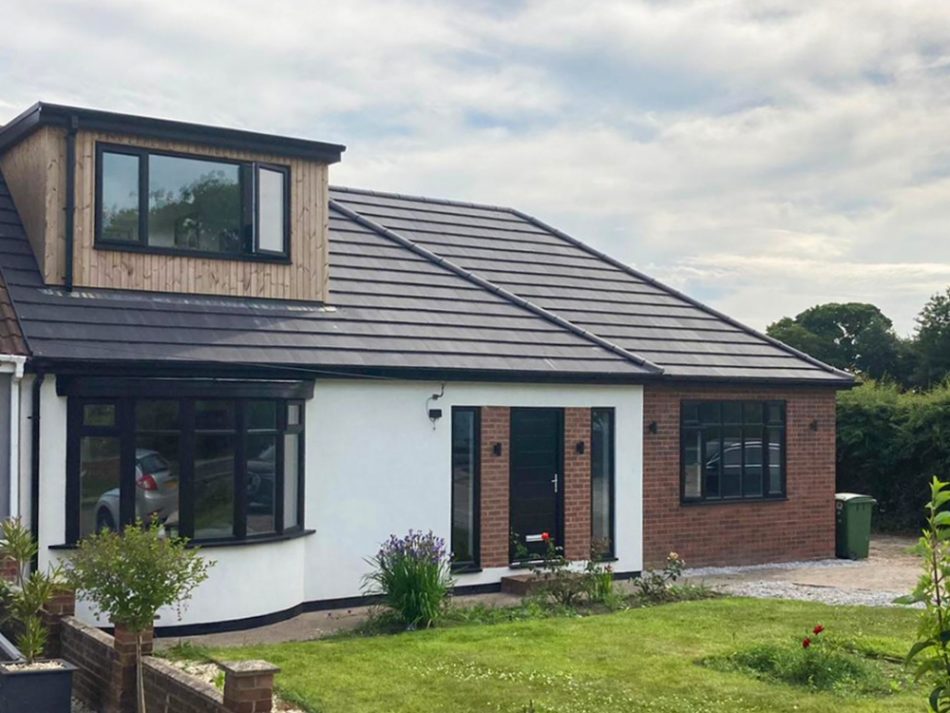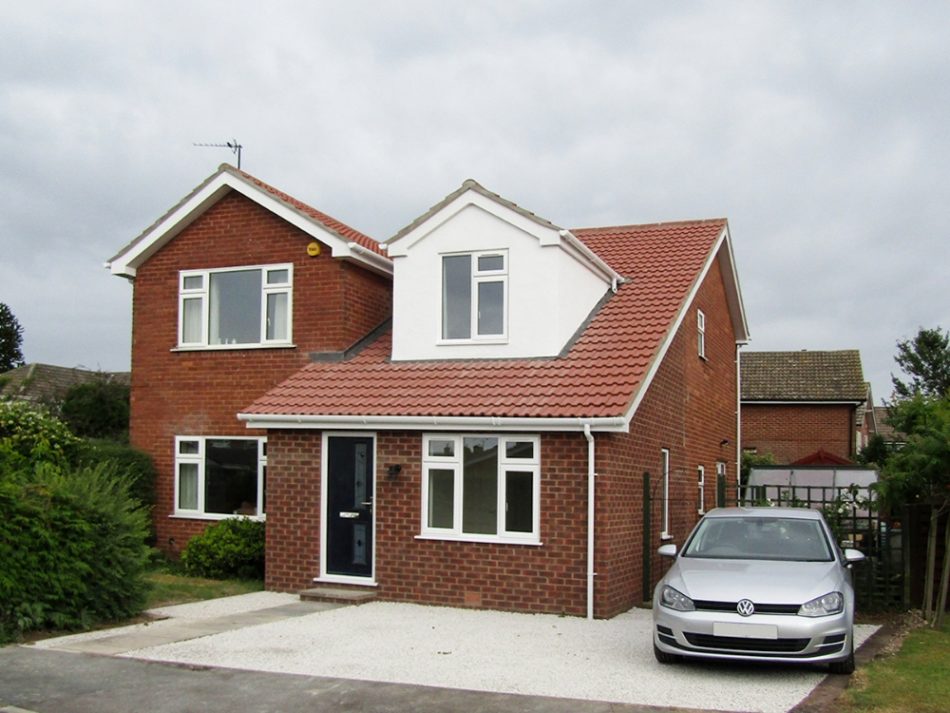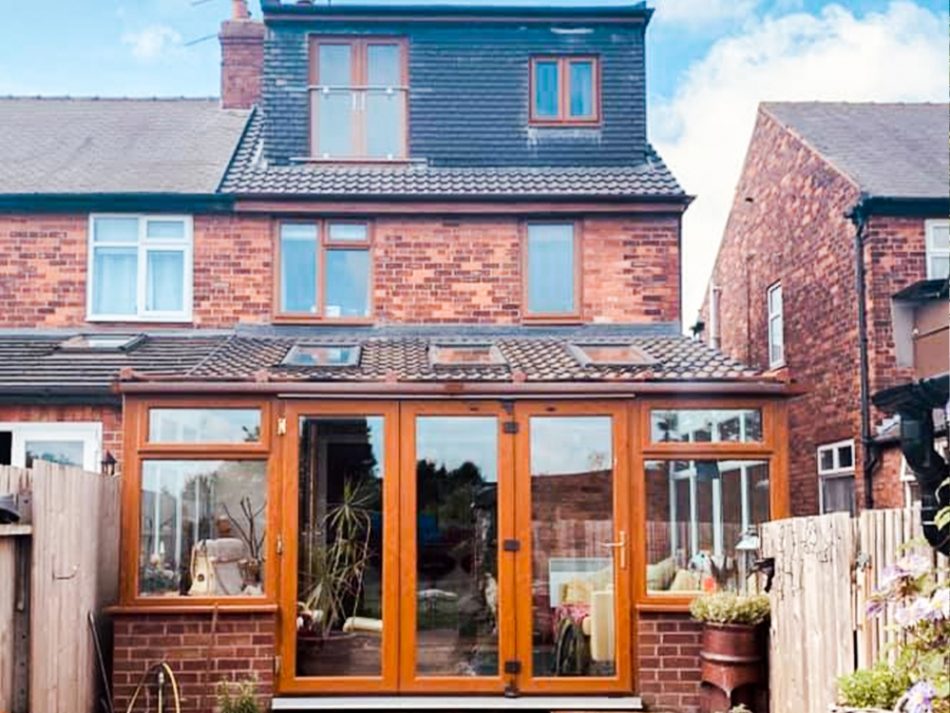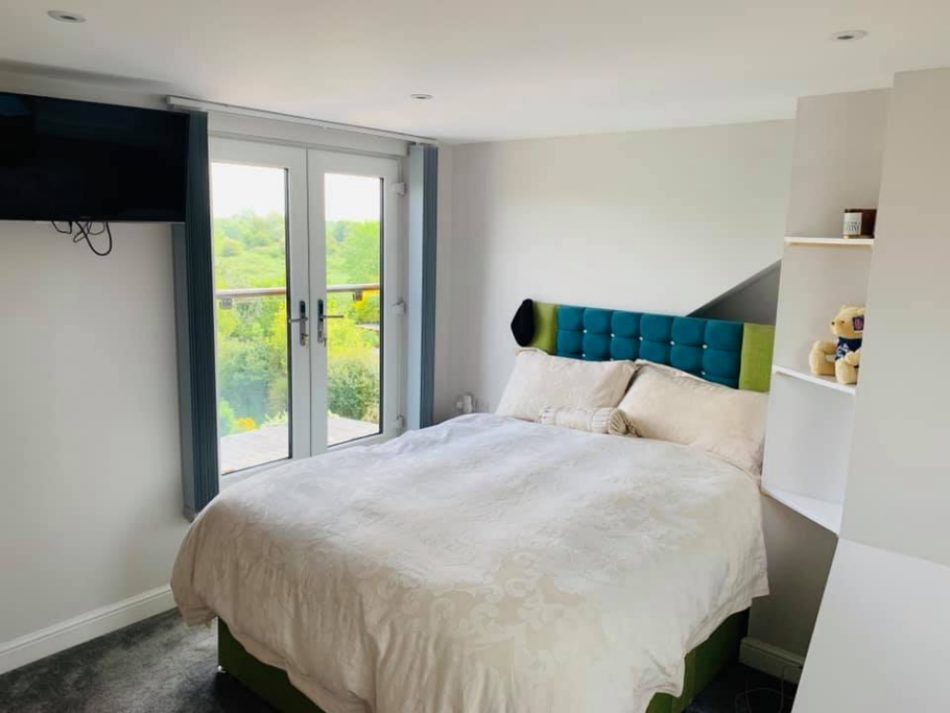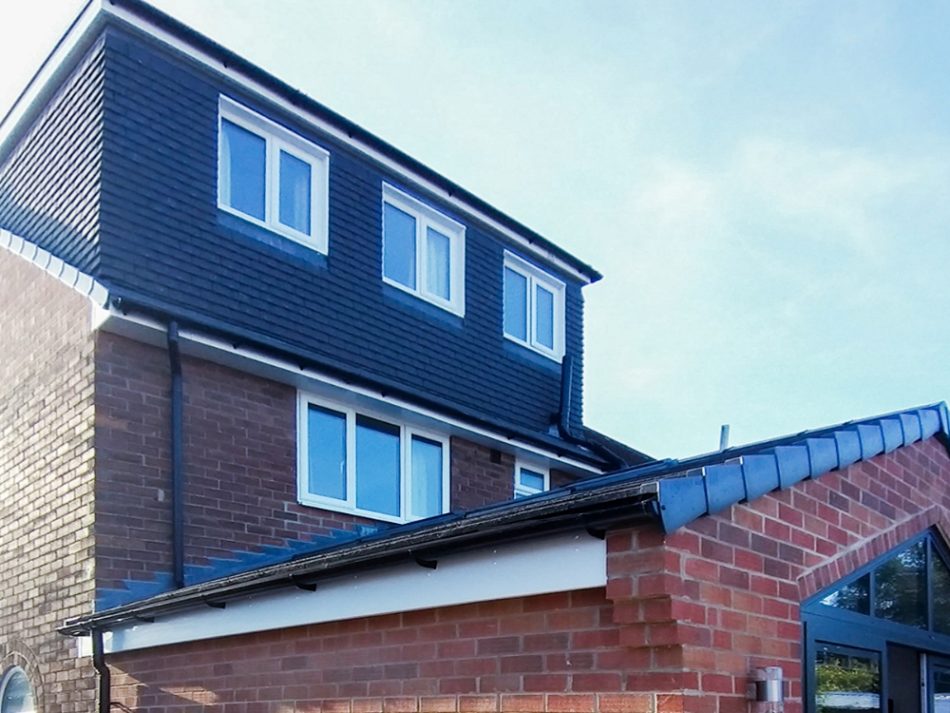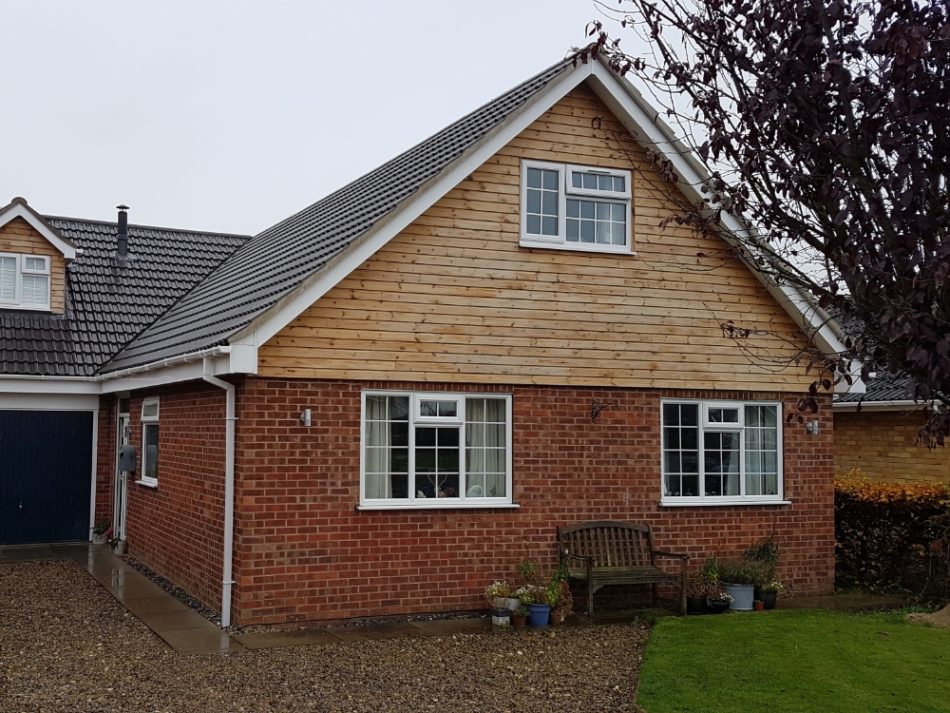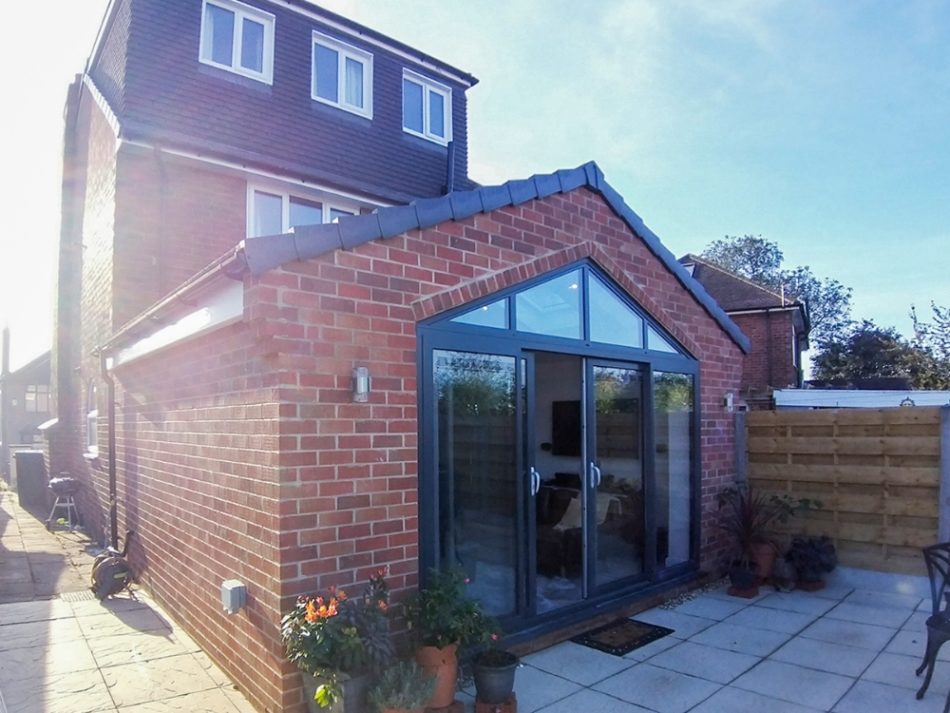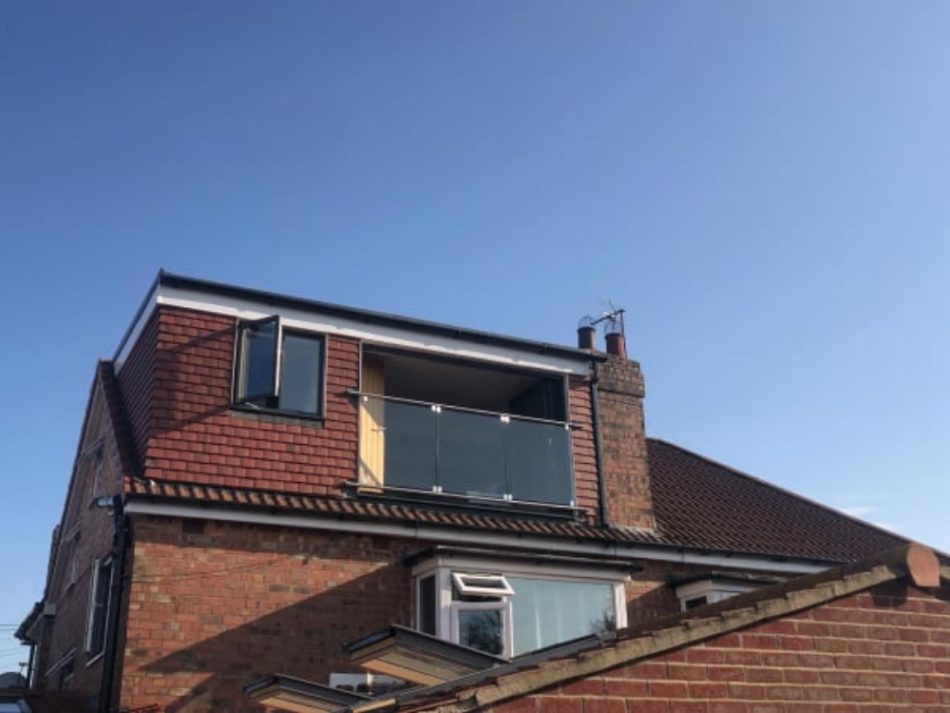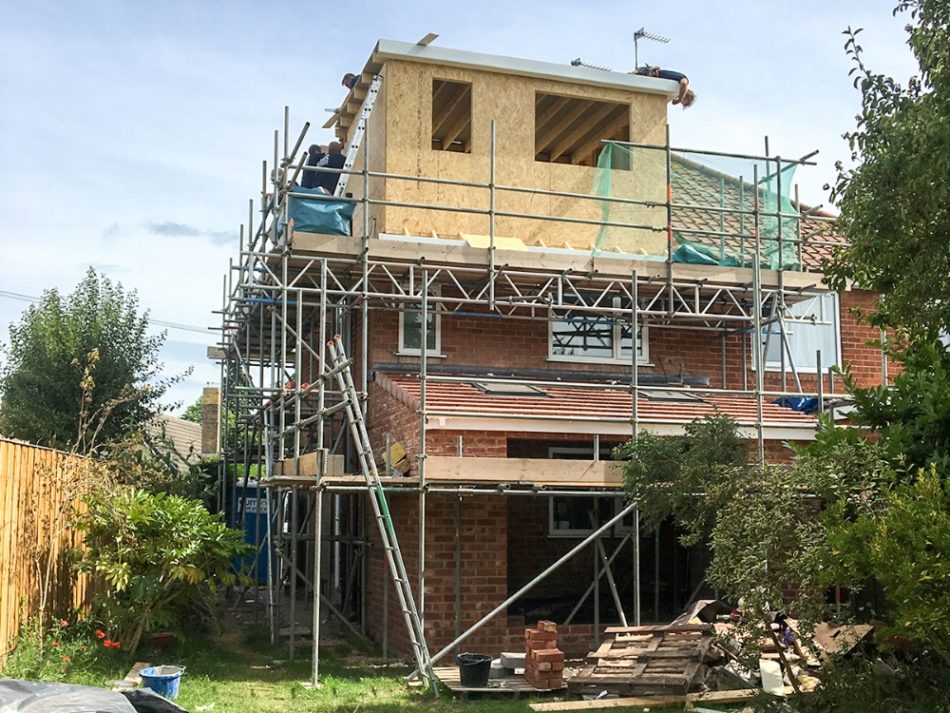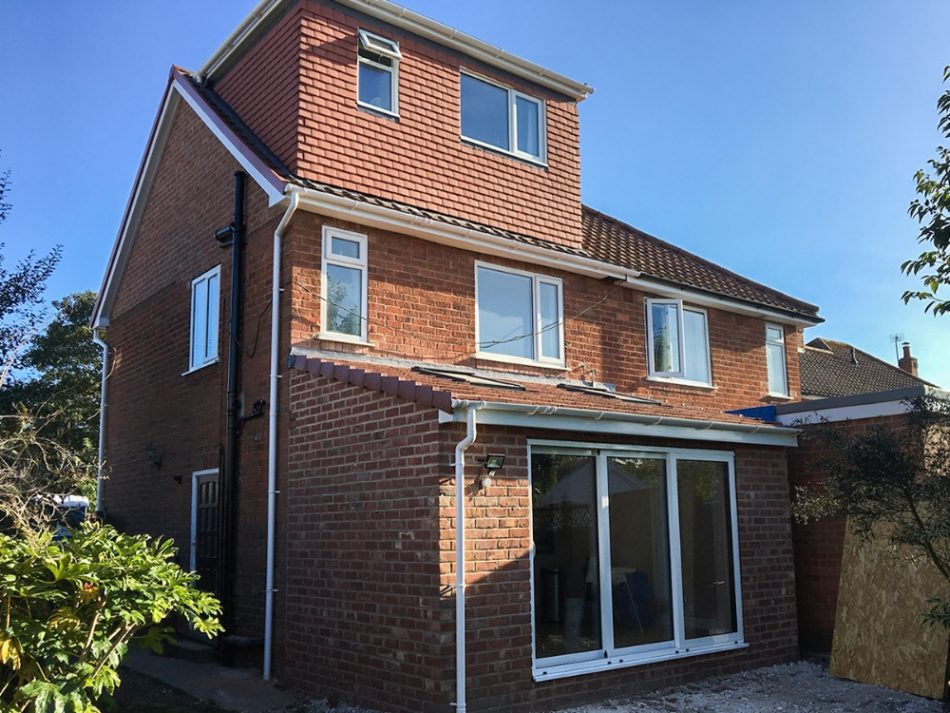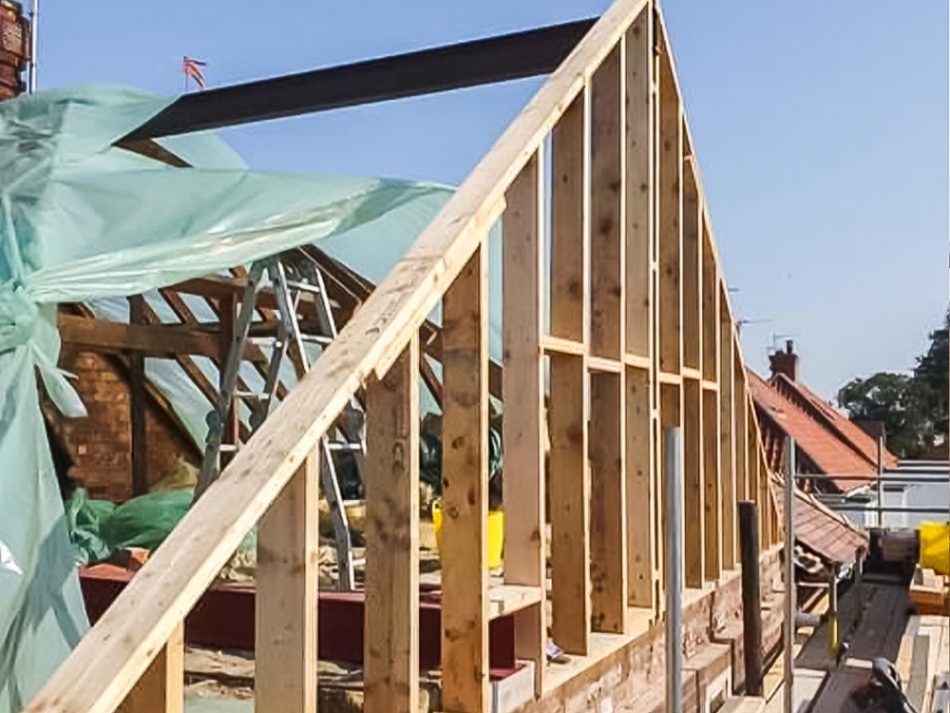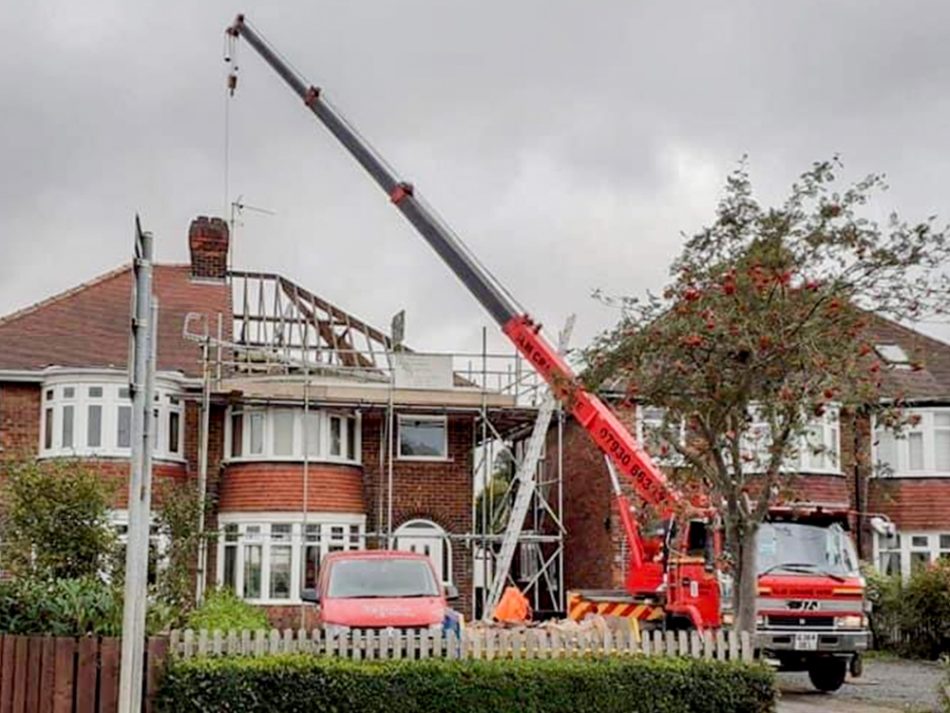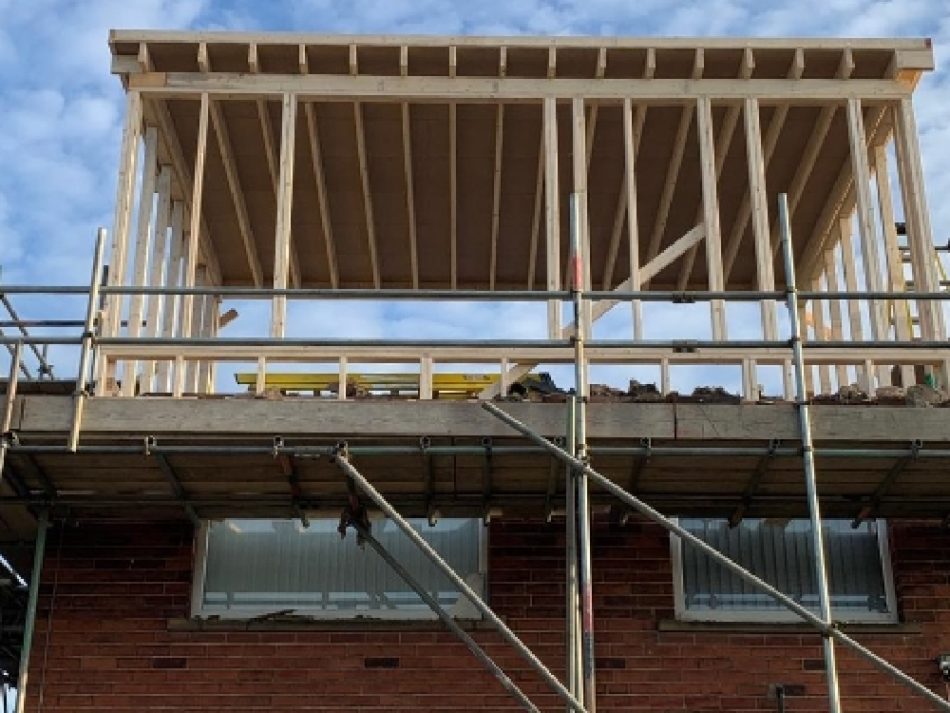Loft conversions and extensions in Manchester, Stockport, Oldham or anywhere else in Greater Manchester.
Loft Conversions
The loft conversion process
The process for a loft conversion in Manchester is relatively easy in most cases, especially compared to other projects. Once the property is surveyed and measured, we create designs for you to see what’s possible, find what you do and don’t like, and make sure you’re happy with the space you’ll be creating. After this, it’s usually a case of a quick permitted development enquiry, or planning application if required, before building regulations drawings and submission, before you can finally have your project built seamlessly.
All good loft conversion designs should achieve what you need whilst being buildable in accordance with the regulations and your budget. Height is a major factor in making these rooms work as the roof pitch will generally pitch down to the floor, but the staircase is also a large factor of course, too. After these legal requirements, the rest of the design is largely down to preference.
All of this is essential information to bear in mind when considering the project of your conversion.
Design considerations for loft conversions in Manchester
When you have determined the best position for the stairs, landing and structural elements of your loft conversion design, you can begin to design the room(s).
Sloping roofs can be hard to work around, but with the correct layout, they create a nice feature. It is best to work with the shapes you have and let each room get the full triangular profile where possible. Velux windows are the most obvious way to let light into a loft room.
Be careful when choosing the exterior finish, however, as sometimes the small dormer side/cheeks will not look good if you try matching the tiles. You cannot always blend it in, so choose finishes that enhance the angles and make it prominent and purposeful.
Other options are dormers, building up the gable, forming hip dormers and in some situations putting a new roof on. Depending on the planning limitation due to the surrounding properties, the best way forward may be to put a new roof on, as this can be designed around what you really want and surprisingly won’t add a significant amount to the build if attic trusses are utilised.
Planning permission in Greater Manchester
Planning permission is something that needs careful consideration with any renovation. A good thing about converting the loft in Manchester is that it can sometimes be converted under permitted development, and even roof extensions and dormers can be done this way.
It is possible to add up to 40 cubic meters on a terraced property or up to 50 cubic meters on detached and semi-detached properties.
Even if you do need planning permission, with careful design and consideration, we can make it work with the character and style of your home which gives the project more chance of success.
When it comes to helping you achieve the extra space you want, CK Architectural will always offer the best advice.
Loft conversion permitted development rules
1. No extension beyond the plane of the existing roof slope of the principal elevation that fronts the highway.
2. No extension to be higher than the highest part of the roof and similar materials.
3. No verandas, balconies or raised platforms.
4. Side-facing windows to be obscure-glazed; any opening to be 1.7m above the floor.
5. Roof extensions, apart from hip to gable ones, to be set back at least 20cm from the original eaves.
6. The roof enlargement cannot overhang the outer face of the wall of the original house.
7. Roof extensions not to be permitted development in designated areas such as AONB (area of outstanding natural beauty), conservation areas, listed building etc.
Building Regulations For Loft Conversions in Manchester
You will always need a building control certificate for any changes to the roof, especially when creating habitable rooms i.e. bedrooms. When designing a roof, your architect or architectural designer must consider the following:
- The new floor joists and roof will need to be supported; this is generally done via steel beams designed by an engineer.
- A protected fire route must be provided, this is 30 minutes all the way down to the final exit, existing doors will need upgrading to fire doors.
- Detection and sounded alarms will be required and need to be interlinked.
- The stairs will need sufficient headroom – 2m and not be too steep (under 42 degrees).
- Reasonable sound insulation between the conversion and the rooms below.
- All the designs we present to you will be with the intension of passing building regulations and be buildable.
Building and Builders
Most of the work in loft conversions is in the roof, however, when the new stairs go in there will certainly be a dirty period when it is advisable to move out if you can. There are specialist roof conversion companies, but with detailed drawings, most competent builders can do the job.
When choosing your builder, ensure that you choose someone with specific and relevant experience and most importantly, choose someone you’ll feel comfortable working with and talking to about concerns – they are going to be in your life and home for a substantial amount of time. Be clear about your timescale expectations and specific finishes.
Quotations should be clear and easy to read with reference to our detailed approved building regulations drawings. Ask who will be doing the work, will it be their company, or will they be sub-contracting and who is managing the process. Make sure you discuss payment dates and check their payment structure and be comfortable with it. Don’t always go with the references they give you, it’s not hard to find out where else they may have been working.
We try to add as many construction details as possible, but some assumptions must be made, and certain areas investigated with the builder before moving forward. Ensure that you are happy with everything before proceeding. We offer help throughout for both you and the builder, and we will come to the site if help is required.
Project management
Project Management is quickly becoming a regularly requested service for loft conversions and roof extensions. For some the thought of the building work, dealing directly with builders and contracts can be a daunting experience. Having an architect or architectural designer to project manage your build will ultimately take away much of the stress and concern. A project manager will minimize any concerns by applying an organised system that will ensure all the required processes and targets are achieved in the correct order and time on site. As a project manager, we will provide vision and direction in your build. Typical responsibilities are planning, executing, and signing off projects, after defining the project, tendering, developing and implementing the staged work plan to budget.
Book your call today
In our calls, you’ll chat with a friendly member of our design team. We’ll cover everything about your project, like the project brief, budget, design limitations, and advice on planning and building regulations, and much more.



